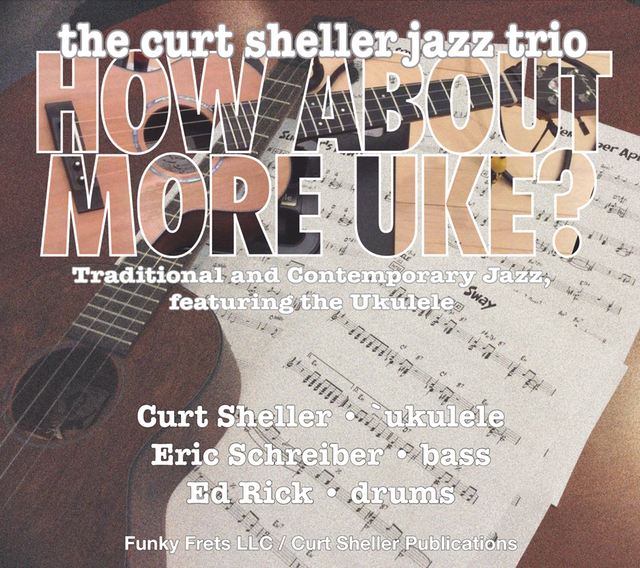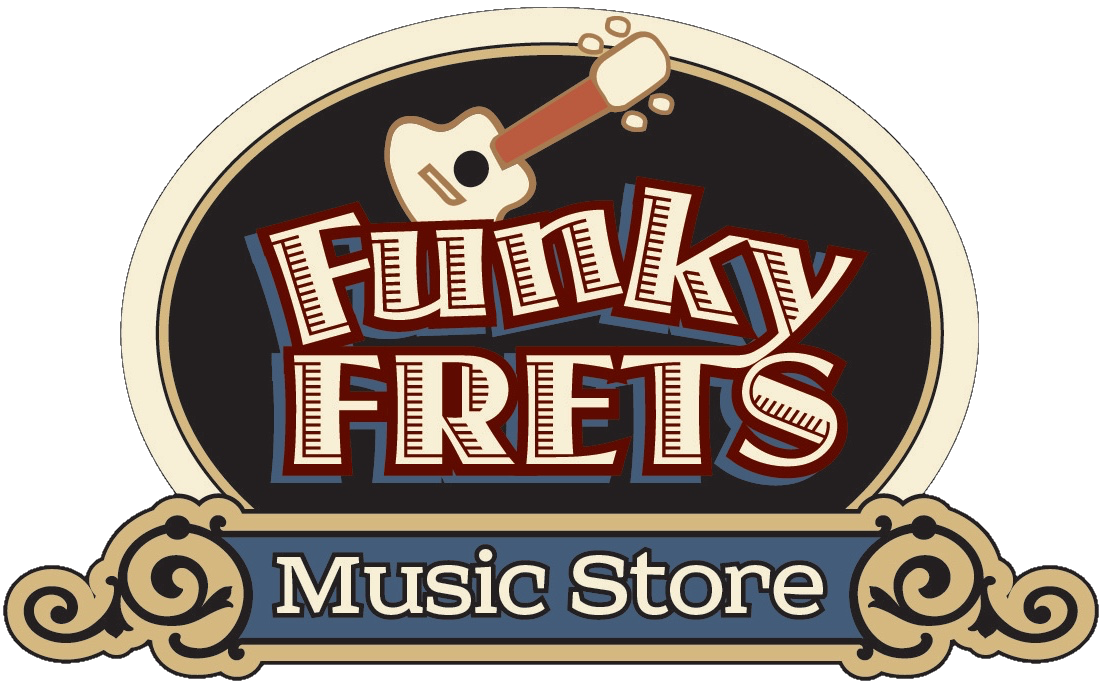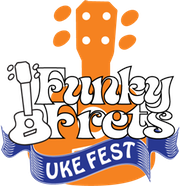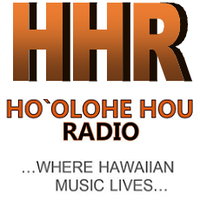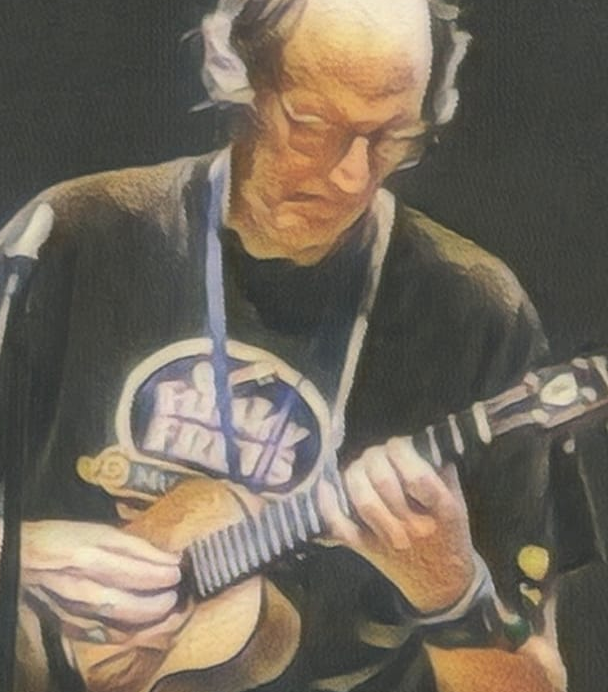Most players new to ukulele dive right in and start learning songs. That's a great way to start, with one drawback — Where do I start and what do I play?
It's easy to see what Chords are required, as they're typically listed. Might even have Chord Grids associated with them. The Lyrics, if not an instrumental and the Melody are easy to find if you want to learn to sing or play the melody for that song. However, the Strumming Patterns a.k.a., the style and Rhythm not typically shown. Plus, nothing is stopping you from playing songs in any style that you would like.
The melody as an instrumental - unless learned by ear - requires being able to Read Music and knowing where those notes are on the Ukulele Fingerboard . And throw into the mix the technique to pull it all off. Then reusing information you learned in one song in the next song and then the next song, the next song, etc...
Learn the repertoire. It's all in the songs. If you learn 200 songs, you will have no problem improvising.
— Frank Vignola
Where to Start: First Pick a Song?
Using songs for learning to play the ukulele is the most common approach to, well, learning to play a song. You thought I'd say learning to play the ukulele. It's about songs and creating your repertoire.
When first starting to play the ukulele, you most likely pick a song you'd like to play and try to figure it out. Whatever process you used to learn that particular song, you start over with the next song you pick. You'll quickly get frustrated and think that you're not learning to play the ukulele, and you would be right. You're merely learning songs and not much about what goes into songs that you can learn to reuse on other songs — other than possibly some of the chords that are common and a few strums. This ends up being a long, slow process for learning any instrument — even an instrument with the reputation as easy to learn as the ukulele.
Find Song References and Recording
For Recordings, you have to love the Internet with all the available resources for songs. For recordings, Spotify, Apple Music, Pandora and services like those are great for previous recorded versions of songs. YouTube is also a great resource for songs. MuseScore , an Open-Source music notation program, one that I use also has a community forum and website for downloading scores that others have created. Here is a MuseScore: List of Available Jazz Standards .
For Leadsheets and Chords of songs, the program iReal Pro — Music Book and Backing Tracks also has a community forum where that are hundreds and hundreds of songs posted where the chords have already been input for you. I have over 3000 in iRealPro, on my computer to draw from.
Right here on LearningUkulele.com that a boat load of Leadsheets available for members.
A Song is Like a Recipe
Think of learning a song akin to baking a cake or cooking. I'll use examples of how most people bake a cake?
You first select the type of cake you would like to make, and you find a recipe. After reading the ingredients, you gather the ingredients for the cake and if you're missing something, you run to the store and get what you need. Then you proceed to follow the directions for putting the cake together. In the end, you have a cake. And if you'd like to have another cake or a different cake, you start the whole process over. You don't learn much about baking cakes, substituting ingredients or changing ingredients. You're more of a cake assembler. Over time, your pantry contains many ingredients you still have no idea how to use. Well, learning songs by using songs is a lot like that. Over time, you find that you still have to read the recipe, can't change the recipe or substitute ingredients, and you can't bake a cake or play a song without reading recipes.
The Recipe: The Song Ingredients
A song typically contains chords, a melody, and most likely lyrics, if not an instrumental only song or instrumental version of a song with lyrics. A song doesn't have all the ingredients listed in an obvious way. It takes a bit of knowledge to figure them out or, intelligently and musically, substitute other parts, i.e., the ingredients.
Example: Brown Eyed Girl

Brown Eyed Girl by Van Morrison is a popular song that is played a lot at ukulele gatherings, festivals and jam sessions. It has relatively few chords and an easy to remember progression. It does have a few memorable licks that really add to the song and should be learned.
Brown Eyed Girl is typically played in the common Key of G . The chords are: G C D or D7 and Em. In the Daily Ukulele (the yellow book), a book very popular with ukulele clubs and at jam sessions. Brown Eyed Girl is in the Key of C and the chords are: C F G or G7 and Am.
It is most commonly played in the key of G with many ukulele groups playing it in the Key of C , as that is the key of the song in the Daily Ukulele book ( the yellow book ).
The Chords
Chords are the easiest introduction to getting into learning a song. For a beginning ukulele player, they would typically use the following Open Position Chords ( Key of G chords shown ), for the song.
Clicking on the chord image will take you to a lot of information I presented in my Chord a Day Series that runs every year with information regarding each chord such as fingering, derived chords, chord spelling, related lessons, etc...
The Melody
The melody is the one recognizable part of a song that pretty much anyone familiar with the song, even passively, knows it when they hear it. Heck, the Name That Tune
games use the melody, lick or riffs — not the chords.
The melody is typically only learned if you are wanting to create an instrumental version or sing the song. For singing the song, one learns the lyrics by reading the melody or listening to a recording of the songs over and over.
Melodies are the one part of a song that you can actually learn by ear. Might take a bit of a hunt-an-peck method of finding those notes on the ukulele, but can be done.
As the melody and chords are the property of the copyright holder of the song, they are not presented here. You should buy a copy of the song, sheet-music, or search the Internet for one of the many sites that contain the lyrics of songs and presents them under the guise of education, ignoring the copyright.
Related Lessons
Accompaniment: Playing the Chords in Time
After finding out what chords are required for the song: The Chord Progression ( download the chord lead sheet for Brown Eyed Girl ).
Then it's off to learn a few strums.
What is a Strum?
A Strum is the execution of a specific rhythmic pattern , at tempo in a particular style.
Strumming requires a specific set of skills. They are:
- Memorization of Chords
- The Ability to Switch Chords Smoothly — the Execution
- The Ability to Choose Suitable Rhythmic Strum — the Rhythmic Pattern
- and, Most Importantly, Do All Of This, In Tempo and In the Appropriate Rhythmic Style of the Song.
The Four Famous Strums
Start with the Getting Started with Ukulele Strums series. OR, jump to the Four Famous Strums , and you can play this song and countless other songs.
Related Lessons & Series
- A Guide to Ukulele Strums • Learn a variety of strums and rhythmic patterns in wide range of musical styles.
- Building Your Core Strums for Ukulele • Rhythm is in-separately linked to strums. Using the Modular Phonetic Rhythm System developed by Chuck Anderson this series of lessons start with the core four strums all ukulele players use and thoroughly digs in to the many variations possible.
- Ukulele Strums - Getting Started • Strums are in-separately linked to rhythm. Using the Modular Phonetic Rhythm System developed by Chuck Anderson this series of lessons starts with the core four strums all ukulele players use, need to know and thoroughly digs into the many variations possible.
- Four Famous Strums • For ukulele there are four core, basic strums that will get you started. This is the first of the four.
Rinse and Repeat the Process for the Next Song - or Learn How to Remember Songs . These are also part of the Building Your Core Strums for Ukulele lessons series above.
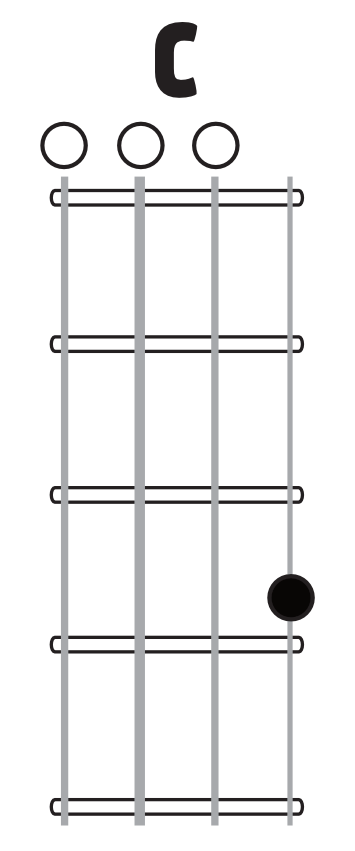

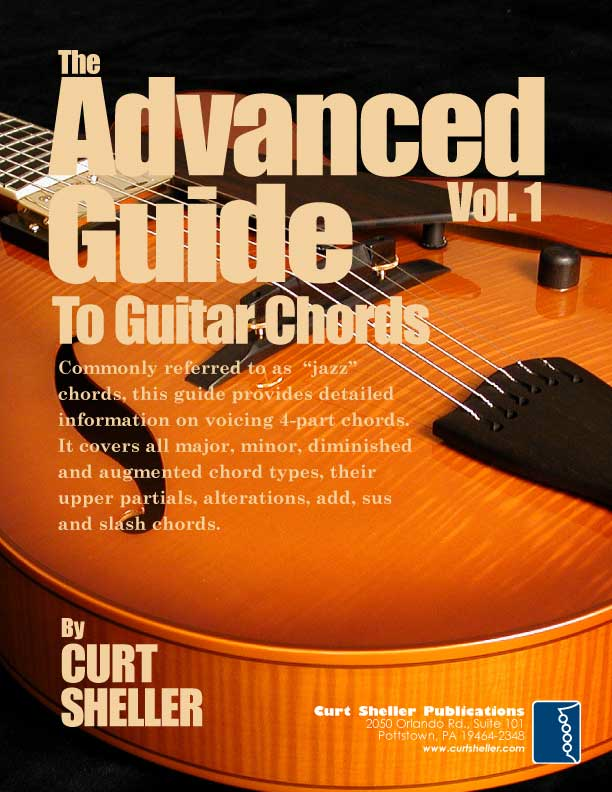
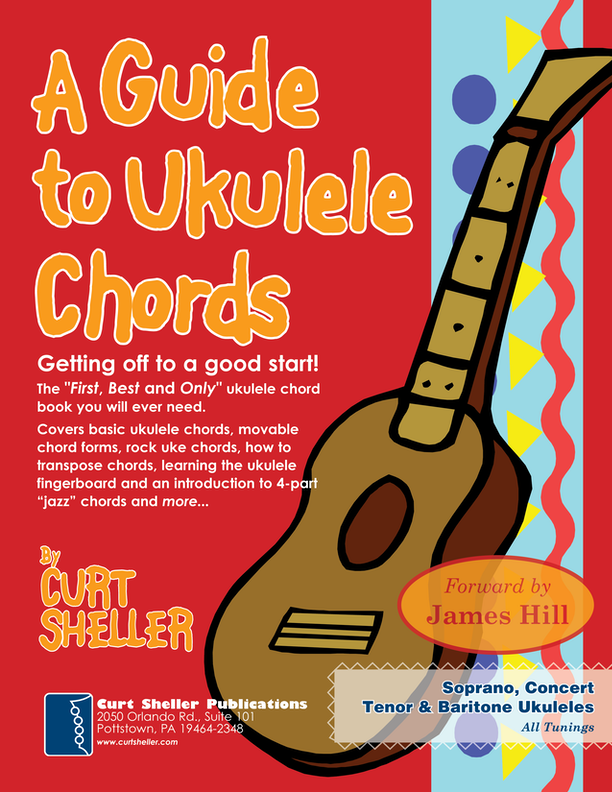
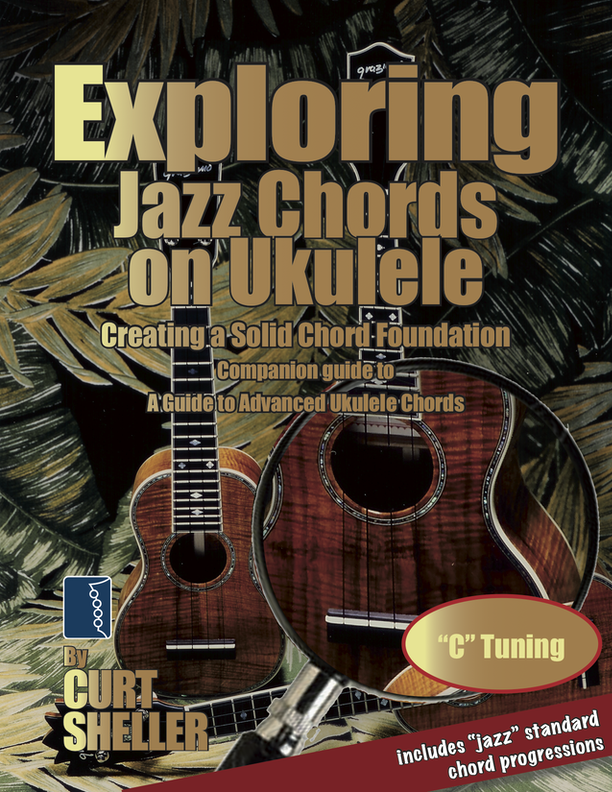
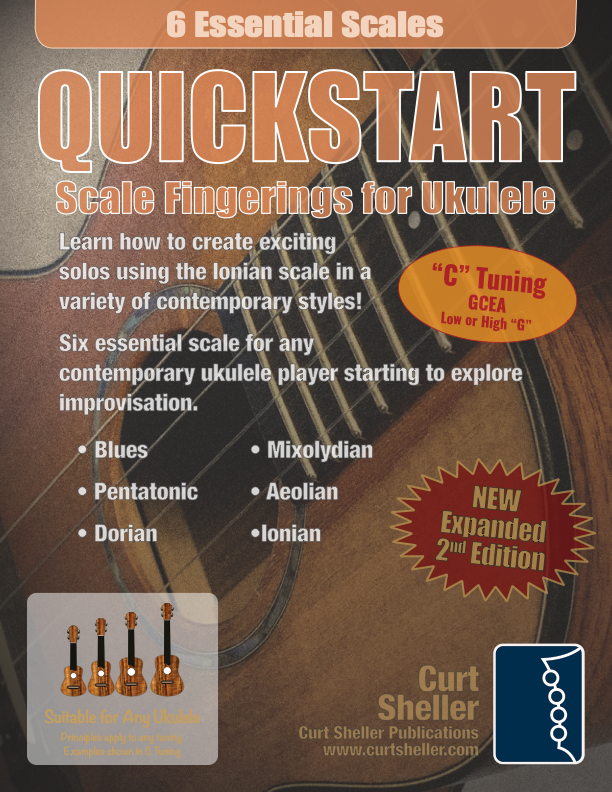
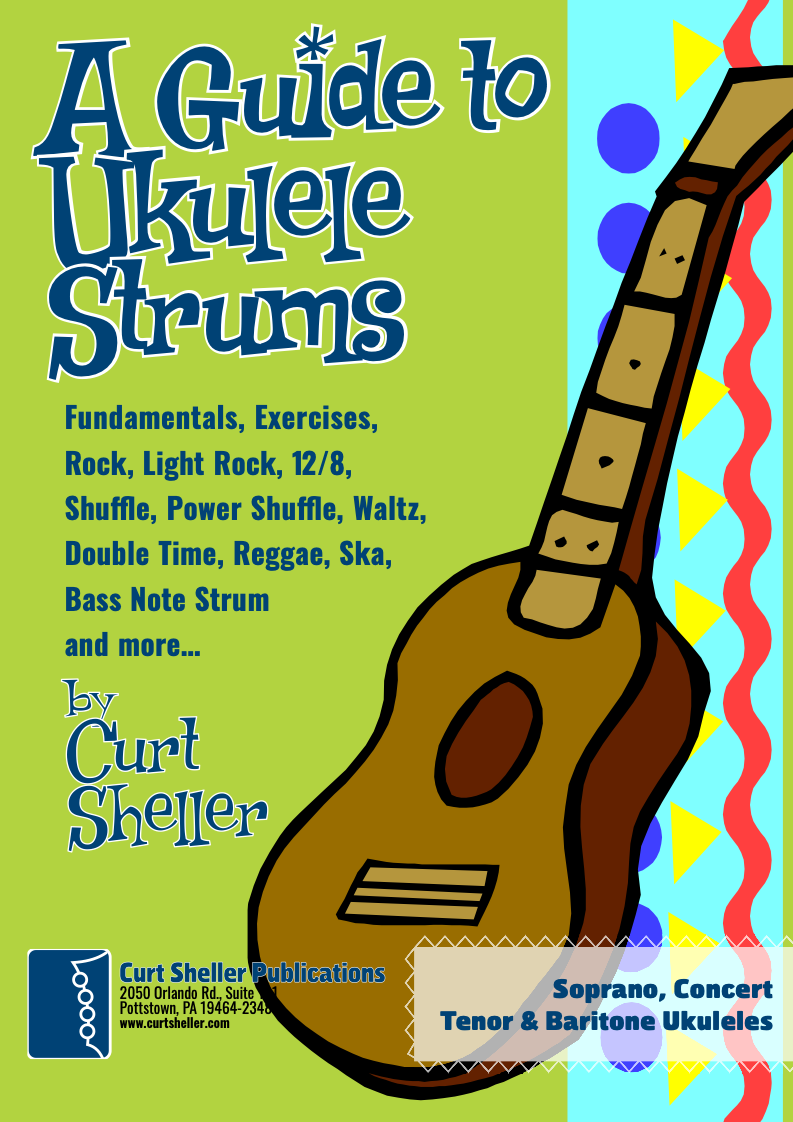
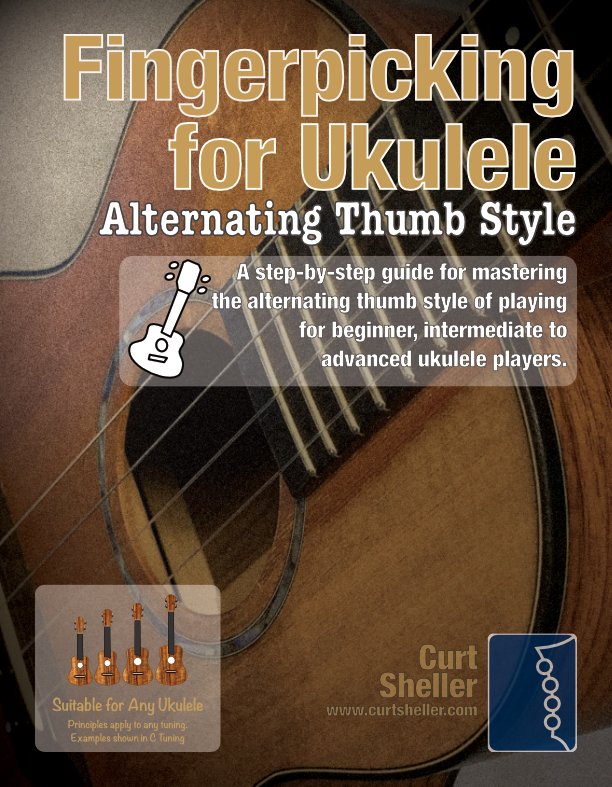

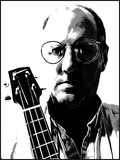
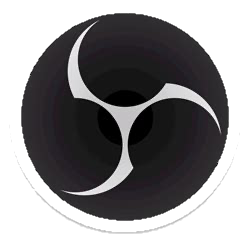

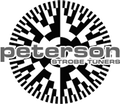

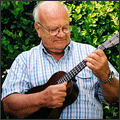




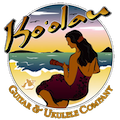
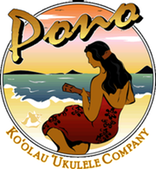
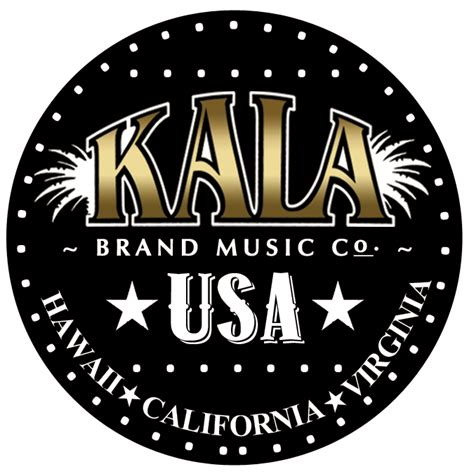


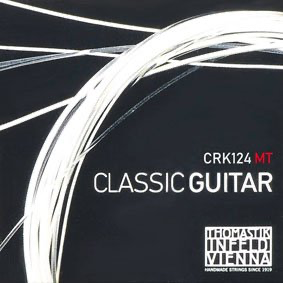
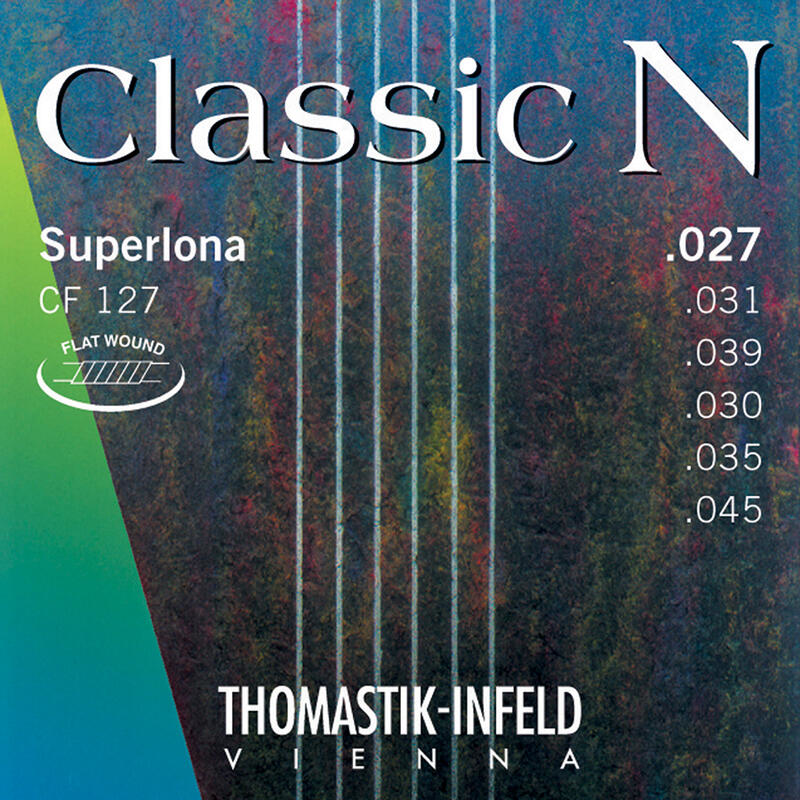
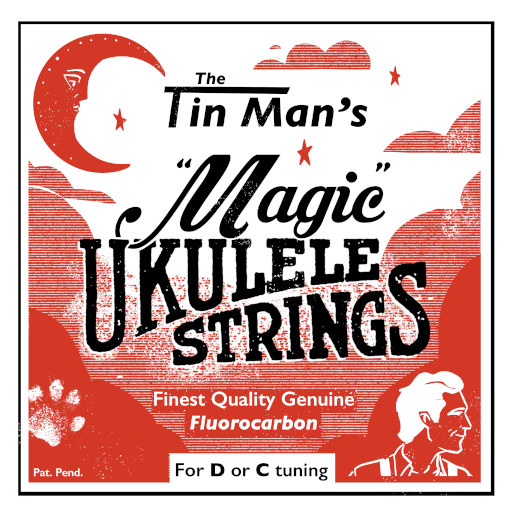
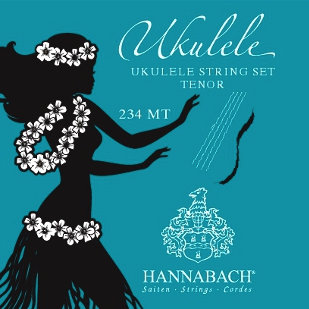
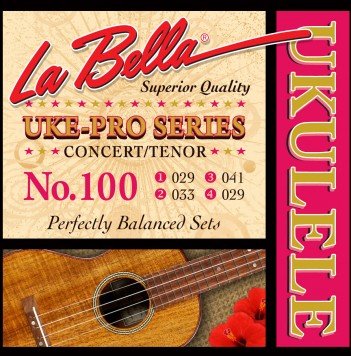
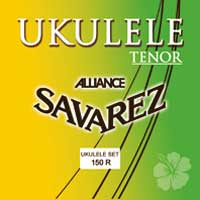






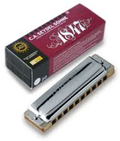
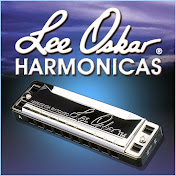





 supportukrainenow.org
supportukrainenow.org
